Price: $84,490 plus options and on-road costs
Engine/Trans: 130kW/450Nm 2.8-litre turbodiesel / 6-speed auto
Fuel Economy claimed: 8.0 l/100km combined, on test 11.0 l/100km
Construction: Body on chassis
Suspension: kinetic dynamic system, adaptive adjustable damping; independent front / air-sprung rear
Towing: 750kg unbraked / 2500kg braked
Vehicle class: off-road passenger vehicle (MC)
In world crushed by road-going SUVs, the new Prado is refreshing.
The most consistent seller in market leader Toyota’s stable of SUVs is also one of its more capable off-roaders, with more civilised road manners keeping it in the minds of many.
Torque availability is a highlight of the new model, as the new 2.8-litre turbodiesel 16-valve DOHC four-cylinder/six-speed auto combination has 40 extra Newton-metres.
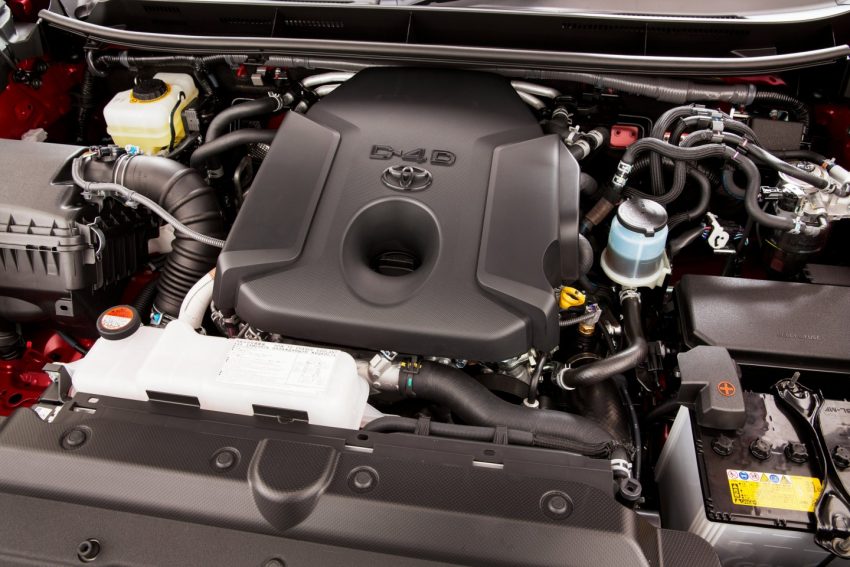
Also packing a particulate filter and balance shafts, it produces 130kW and 450Nm of torque (spread from 1600 through to 2400rpm) applied by a smarter automatic.
Toyota is also claiming a six per cent better fuel economy, down to 8 litres per 100km for the auto.
It sips from a 150-litre tank so even using real-world fuel numbers around 11l/100km the touring range is strong.

The Prado measures 4930mm in length, 1885mm wide and 1880mm tall with a 2790mm wheelbase and it has a flexible interior package; it offers good passenger accommodation across all three rows, reasonable access to all the seating but less-than-ideal cargo space behind the third row.
At $84,490 it’s not cheap but there’s no shortage of kit – the flagship gets a Blu-Ray player and three sets of cordless headphones to keep the kids quiet, but it suffers the age-old TMC problem of obscuring the rear vision mirror view.
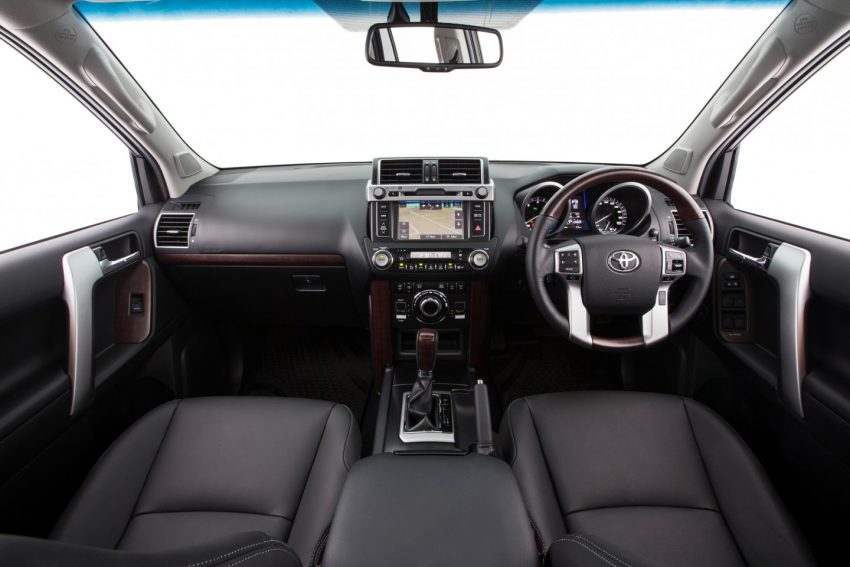
While that may be a small price to pay for road trip serenity, Mitsubishi managed to fix this problem in the new Pajero Sport, so why can’t Toyota?
The driver gets a large touchscreen for the infotainment, which includes a first-rate digital radio 17-speaker JBL sound system and satnav with live traffic updates, as well as an unsubtle active cruise control.
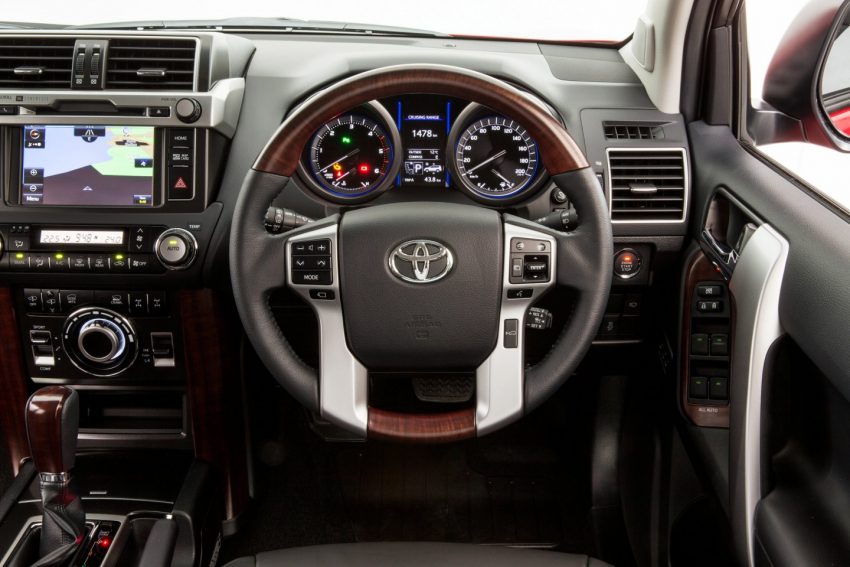
The Kakadu has power-adjustable reach’n’rake wood/leather-wrapped steering wheel with phone, audio and cruise controls as well as a 220-volt AC rear accessory socket for power on the road.
The driver also gets a colour information display between the dials and a “conversation” mirror, automatic LED (low-beam) headlights, numerous 12-volt and USB inputs, a sliding second row of seats, auto-dimming centre mirror, leather and chrome interior trim, a power-folding third row, heated front and second row seats, 18-inch alloys, heated and power folding exterior mirrors, side steps and tri-zone climate control.
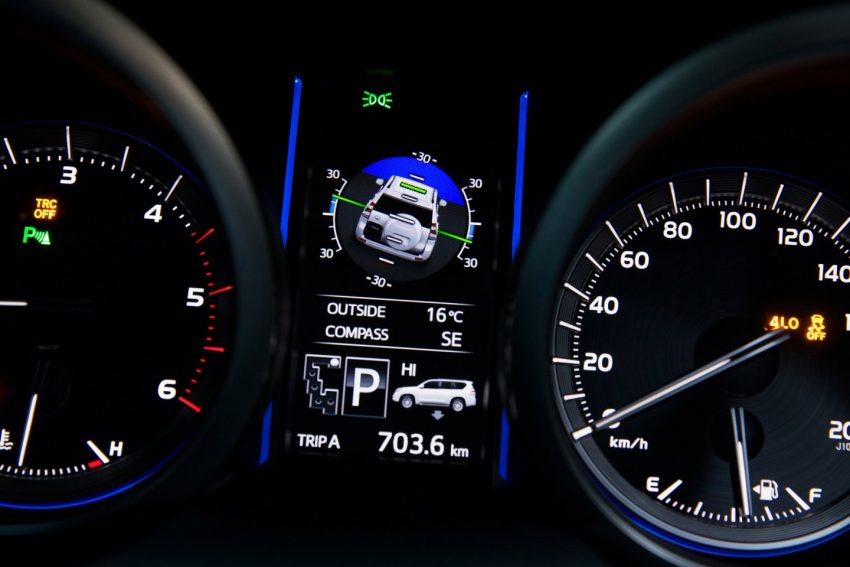
Some luxury cars get puddle lamps to deliver a welcoming glow as you unlock the car at night – the Kakadu has an “illuminated entry system” that puts motor show stand cars to shame for underbody lighting.
Safety features include seven airbags (a driver’s knee and curtain airbags for all three rows among them), rear cross traffic alert, blind spot warning, the pre-crash prep safety system, front and rear parking sensors, rain sensing wipers, stability and trailer sway control.
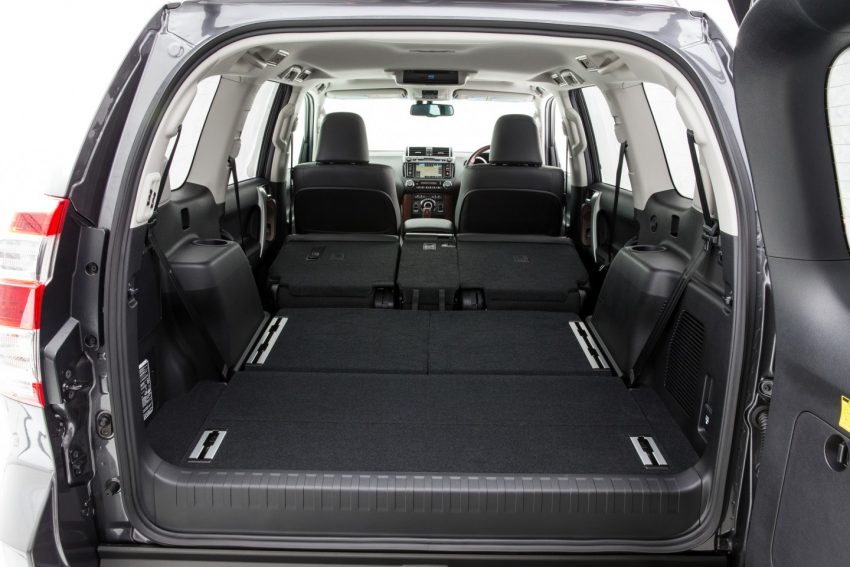
It goes a little harder on the road than the previous Prado, feeling more eager more often, with the front end improved.
But it’s on unsealed surfaces where the constant 4WD Prado comes into its own, with plenty of traction on fast dirt.

The Kakadu’s kinetic dynamic suspension system is paired with adaptive adjustable damping and height-adjustable rear air set-up; ride and refinement are good.
Once the rough stuff is encountered the Prado makes even more sense, using its electronic assistants sparingly to get over the undulating and rough ground without concern.
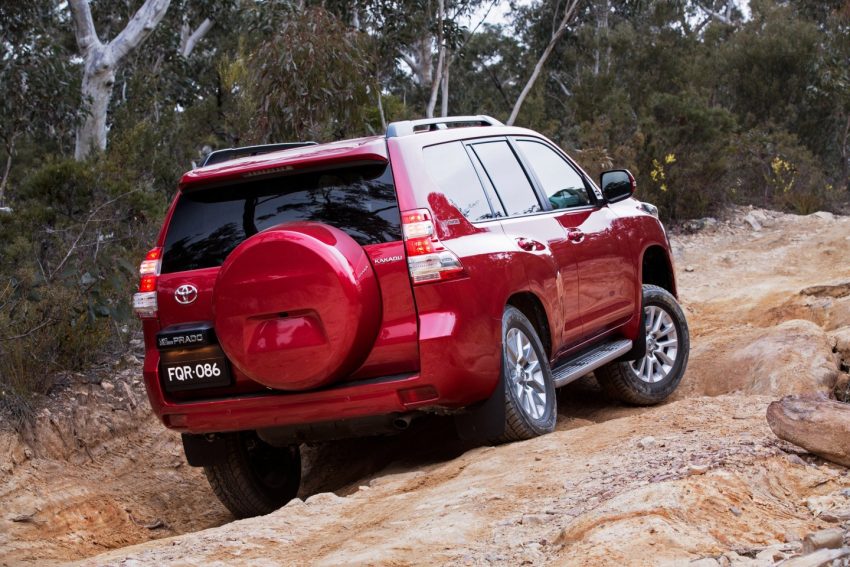
Electronic trickery – Multi-Terrain Select (MTS) in Toyota-speak – tweaks the drivetrain to varying conditions, as well as an off-road crawl control function but – like the adaptive cruise control – it is far from subtle in operation and a driver with good throttle control is possibly a better option.
The hefty (at 2435kg) Prado crawls over rougher terrain with minimum fuss – with 220mm of ground clearance, as well as an approach angle of 32 degrees, a 24-degree departure angle and a 22-degree ramp angle it didn’t belly out on anything substantial during our time in it.
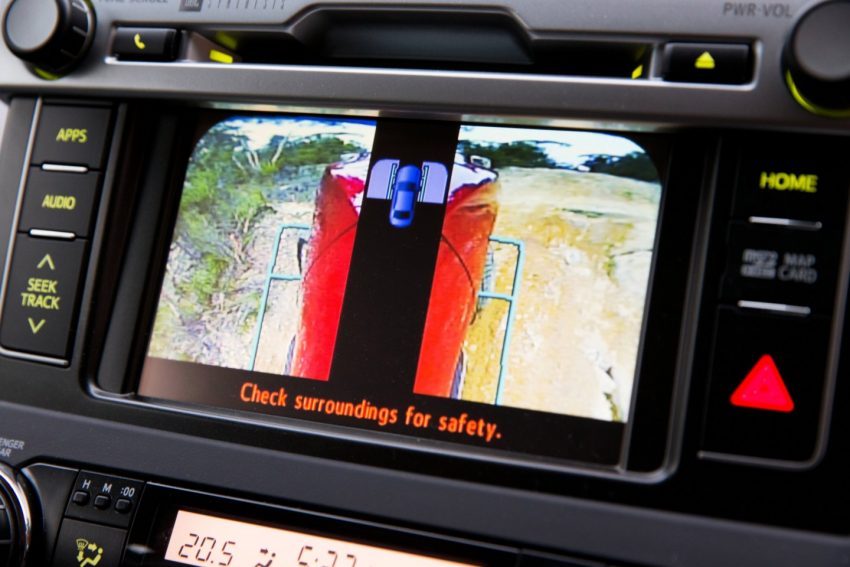
If wheel placement is the difference between getting home or an impromptu sleep-out, then the cameras front and rear, as well as on either side looking fore and aft, make picking your way through difficult terrain an easy job.
The ability to lock the centre and particularly the rear diff does more than enough to keep the Prado progressing, even when running the uninspiring Grandtrek OE rubber the Prado doesn’t shirk much of the more challenging terrain.
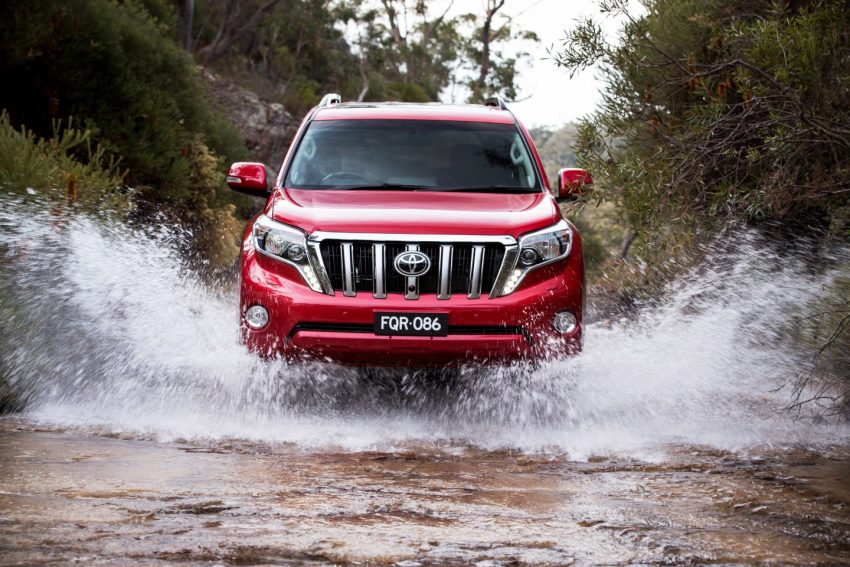
Rutted rocky tracks, sandy sections and fast dirt were traversed with enthusiasm and relaxed ease.
One thing that sadly hasn’t been upgraded is the towing ability, which remains at 750kg unbraked and 2500kg braked.
Many have tried to take a chunk of the Prado’s enviable market share, but it’s not hard to see why the Prado remains a popular choice.





GIPHY App Key not set. Please check settings